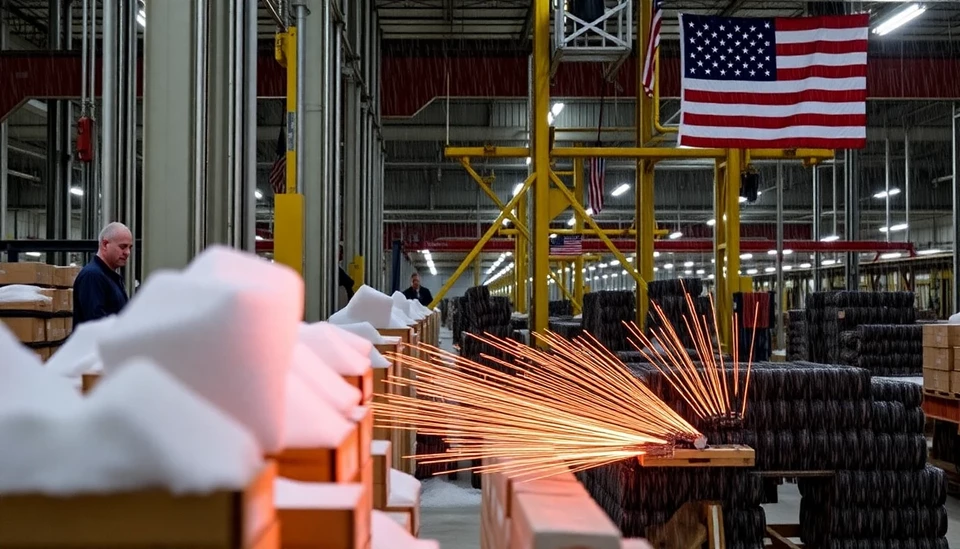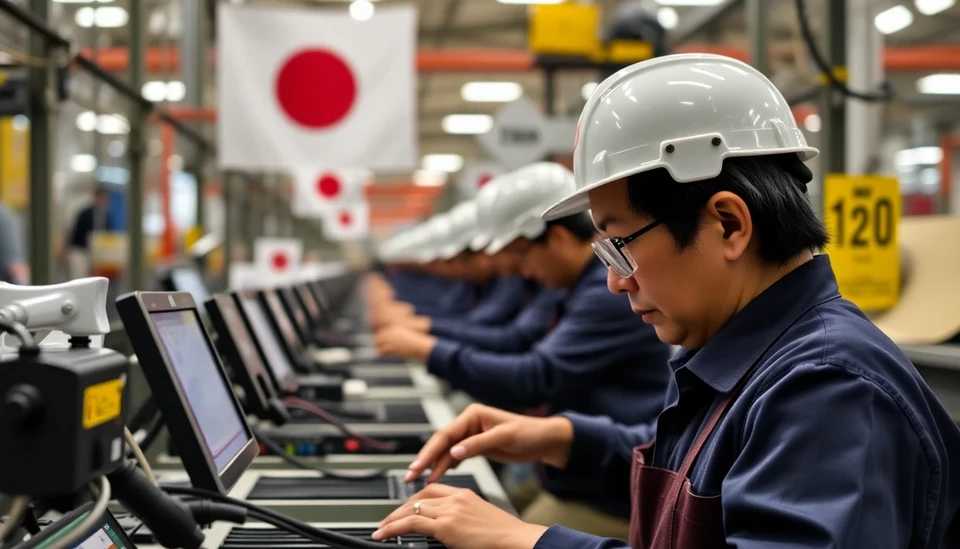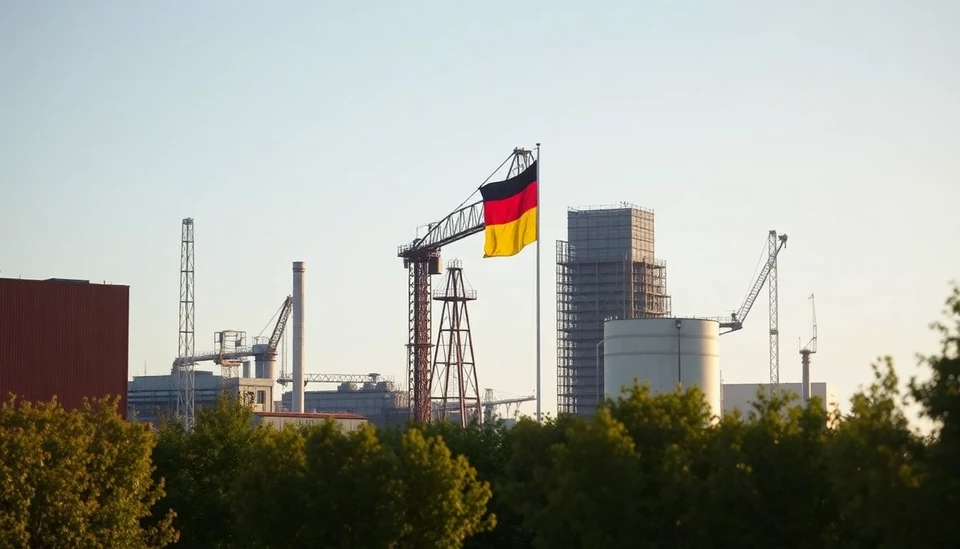
In a promising turn for the U.S. economy, industrial production recorded a notable increase in January, primarily spurred by a surge in utilities output due to unseasonably cold temperatures. The Federal Reserve reported that industrial output rose by 0.4%, exceeding the expectations of economists who had predicted a modest increase of 0.3%. This uptick marks a significant recovery after December's figures showed a decline of 0.5% in production.
The uncharacteristically frigid weather across several regions of the country compelled a rise in energy consumption, particularly natural gas and electricity usage, as homes and businesses sought warmth. This spike in demand for heating was crucial for the utilities sector, which saw its output jump by 7.4%, the largest increase since 2002. This boom in utility output signified a robust response to the harsh winter conditions, which may have otherwise suppressed economic activity.
In addition to utilities, manufacturing output also demonstrated resilience, climbing 1.3% in January, recovering from a slump of 1.5% in December. This resurgence in manufacturing reflects an underlying strength within the sector, buoyed by various factors including increased consumer spending and supply chain improvements. Key contributors to this growth included the production of machinery, primary metals, and aerospace products, which showcased positive performance and reflected the ongoing recovery post-pandemic.
Despite the temporary benefits that colder temperatures have provided to industrial production, analysts remain cautious about the long-term outlook. There are concerns about potential impacts from softening demand, especially as inflationary pressures linger and interest rates continue to rise. Additionally, the Federal Reserve's commitment to curbing inflation may also introduce volatility in industrial activity in the coming months.
Looking forward, economists will be closely monitoring the upcoming economic data to gauge whether this spike in industrial output can be sustained. With ongoing challenges such as supply chain disruptions and geopolitical tensions influencing market dynamics, the recovery of industrial production remains a critical indicator for the health of the broader U.S. economy.
Overall, January’s industrial production figures offer a glimpse of optimism, demonstrating a bounce-back encouraged by environmental factors. Yet, as the future remains uncertain with various economic hurdles, the industrial sector may face a fight to maintain this momentum amid a rapidly changing economic landscape.
#IndustrialProduction #USEconomy #Utilities #Manufacturing #EconomicGrowth #WinterWeather #FederalReserve #ProductionStatistics #BusinessNews #EconomicIndicators
Author: Daniel Foster




